Colombia articles: History | Politics | Geography | Provinces | Economy | People | Culture | Café de Colombia | and much more...
The Colombia Portal
Colombia (/kəˈlʌmbiə/ ⓘ, /-ˈlɒm-/; Spanish: [koˈlombja] ⓘ), officially the Republic of Colombia, is a country mostly in South America with insular regions in North America. The Colombian mainland is bordered by the Caribbean Sea to the north, Venezuela to the east and northeast, Brazil to the southeast, Ecuador and Peru to the south and southwest, the Pacific Ocean to the west, and Panama to the northwest. Colombia is divided into 32 departments. The Capital District of Bogotá is also the country's largest city hosting the main financial and cultural hub. Other major urbes include Medellín, Cali, Barranquilla, Cartagena, Santa Marta, Cúcuta, Ibagué, Villavicencio and Bucaramanga. It covers an area of 1,141,748 square kilometers (440,831 sq mi), and has a population of around 52 million. Its rich cultural heritage—including language, religion, cuisine, and art—reflects its history as a colony, fusing cultural elements brought by mass immigration from Europe and the Middle East, with those brought by the African diaspora, as well as with those of the various Indigenous civilizations that predate colonization. Spanish is the official language, although English and 64 other languages are recognized regionally. Colombia has been home to many indigenous peoples and cultures since at least 12,000 BCE. The Spanish first landed in La Guajira in 1499, and by the mid-16th century they had colonized much of present-day Colombia, and established the New Kingdom of Granada, with Santa Fé de Bogotá as its capital. Independence from the Spanish Empire was achieved in 1819, with what is now Colombia emerging as the United Provinces of New Granada. The new polity experimented with federalism as the Granadine Confederation (1858) and then the United States of Colombia (1863), before becoming a republic—the current Republic of Colombia—in 1886. With the backing of the United States and France, Panama seceded from Colombia in 1903, resulting in Colombia's present borders. Beginning in the 1960s, the country has suffered from an asymmetric low-intensity armed conflict and political violence, both of which escalated in the 1990s. Since 2005, there has been significant improvement in security, stability and rule of law, as well as unprecedented economic growth and development. Colombia is recognized for its healthcare system, being the best healthcare in Latin America according to the World Health Organization and 22nd in the world. Its diversified economy is the third-largest in South America, with macroeconomic stability and favorable long-term growth prospects. Colombia is one of the world's seventeen megadiverse countries; it has the highest level of biodiversity per square mile in the world and the second-highest level overall. Its territory encompasses Amazon rainforest, highlands, grasslands and deserts. It is the only country in South America with coastlines (and islands) along both the Atlantic and Pacific oceans. Colombia is a key member of major global and regional organizations including the UN, the WTO, the OECD, the OAS, the Pacific Alliance and the Andean Community; it is also a NATO Global Partner and a major non-NATO ally of the United States. (Full article...) Selected article -The Colombian conflict (Spanish: Conflicto armado interno de Colombia, lit. 'Colombian internal armed conflict') began on May 27, 1964, and is a low-intensity asymmetric war between the government of Colombia, far-right paramilitary groups and crime syndicates, and far-left guerrilla groups, fighting each other to increase their influence in Colombian territory. Some of the most important international contributors to the Colombian conflict include multinational corporations, the United States, Cuba, and the drug trafficking industry. The conflict is historically rooted in the conflict known as La Violencia, which was triggered by the 1948 assassination of liberal political leader Jorge Eliécer Gaitán, and in the aftermath of the anti-communist repression in rural Colombia in the 1960s that led Liberal and Communist militants to re-organize into the Revolutionary Armed Forces of Colombia (FARC). (Full article...)Related portalsCategoriesCategory puzzle Select [►] to view subcategories
Colombia Colombia-related lists Buildings and structures in Colombia Colombian culture Economy of Colombia Education in Colombia Geography of Colombia Government of Colombia Health in Colombia History of Colombia Organisations based in Colombia Colombian people Politics of Colombia Society of Colombia Colombia stubs Selected biography -"Volví a Nacer" (English: "I Was Born Again") is a song written and performed by Colombian recording artist Carlos Vives and co-produced by Andrés Castro. Following an international hiatus, it was released as the lead single from his thirteenth studio album Corazón Profundo (2013) on September 24, 2012. The song's lyrics are in Spanish and were inspired by the events of his music career as well as his wife Claudia Elena Vásquez. It is described by Vives as a romantic song with elements of Colombian vallenato and pop music. "Volví a Nacer" was both a critical and commercial success where it peaked at number one in Colombia, Mexico, Venezuela, and on the Billboard Hot Latin Songs chart in the United States. The song was well received by critics who described it as the best track on the album. The success of the song led to Vives winning six Nuestra Tierra awards in his home country and two Latin Grammys for Song of the Year and Best Tropical Song. The music video for the song was directed by Carlos Pérez and filmed in Mexico. (Full article...)Did you know (auto-generated)
General imagesThe following are images from various Colombia-related articles on Wikipedia.
Selected pictureLargest cities
TopicsNew articlesThis list was generated from these rules. Questions and feedback are always welcome! The search is being run daily with the most recent ~14 days of results. Note: Some articles may not be relevant to this project.
Rules | Match log | Results page (for watching) | Last updated: 2023-11-30 20:29 (UTC) Note: The list display can now be customized by each user. See List display personalization for details.
Wikiprojects
Things you can doIf you are interested in helping with this portal, please join WikiProject Colombia or one of its child projects:
Article requests
History (High priority)
Society
Scouting
People (Medium priority)
Physical geography
Media (Medium Priority)
Government and political affairs (High priority)
Wikipedia's portalsDiscover Wikipedia using portals
Sources | |||||||||||||||||||||||||||||||||||||||||||||||||||||||||||||||||||||||||||||||||||||||||||||||||||||||||||||||||||
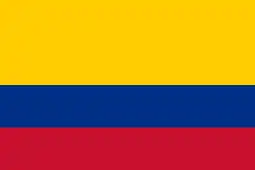
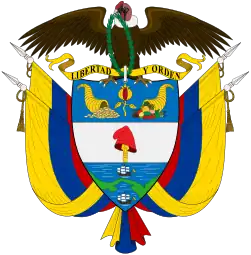
.svg.png.webp)
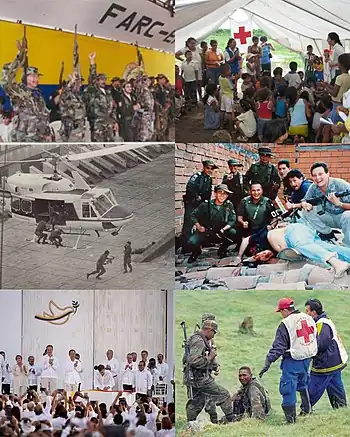
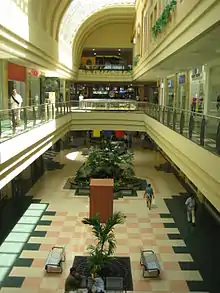
%252C_1992%252C_Israel_Museum%252C_Jerusalem%252C_Israel.JPG.webp)
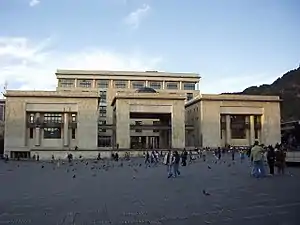

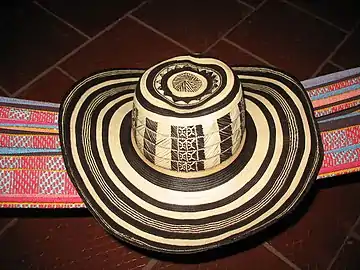
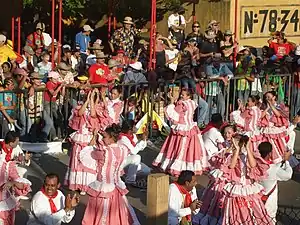
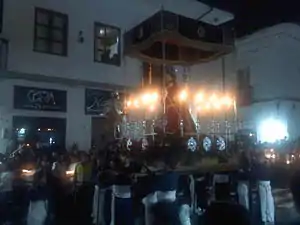
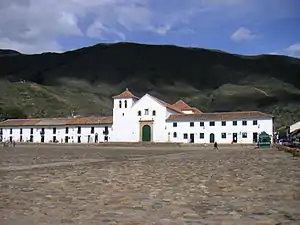

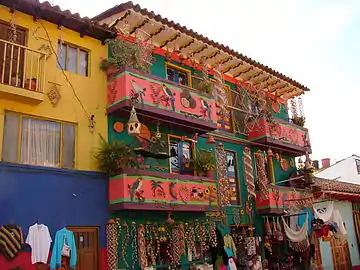
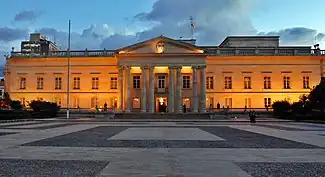
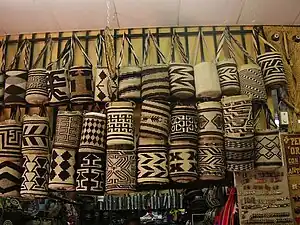

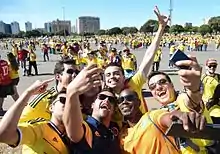
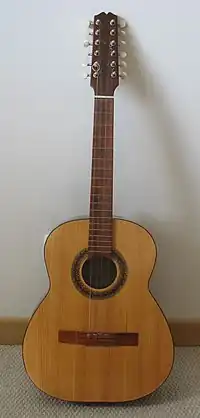

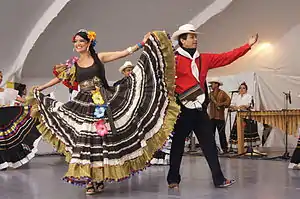


.svg.png.webp)


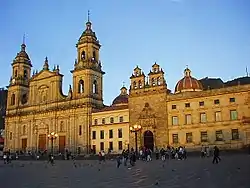

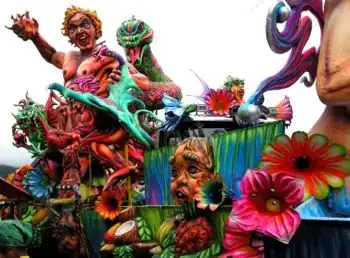
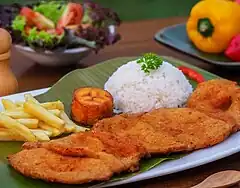
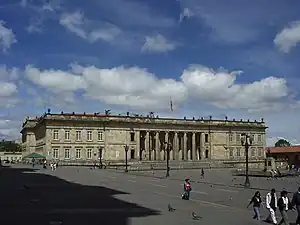
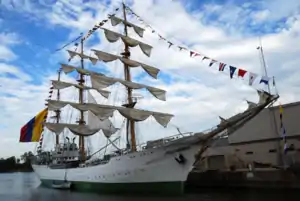
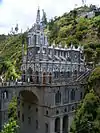
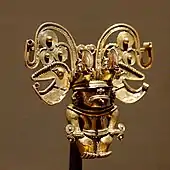
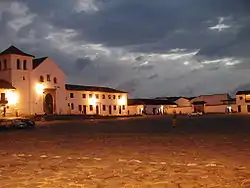

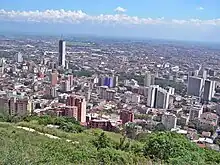
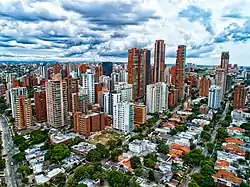
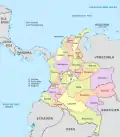


.svg.png.webp)
.svg.png.webp)